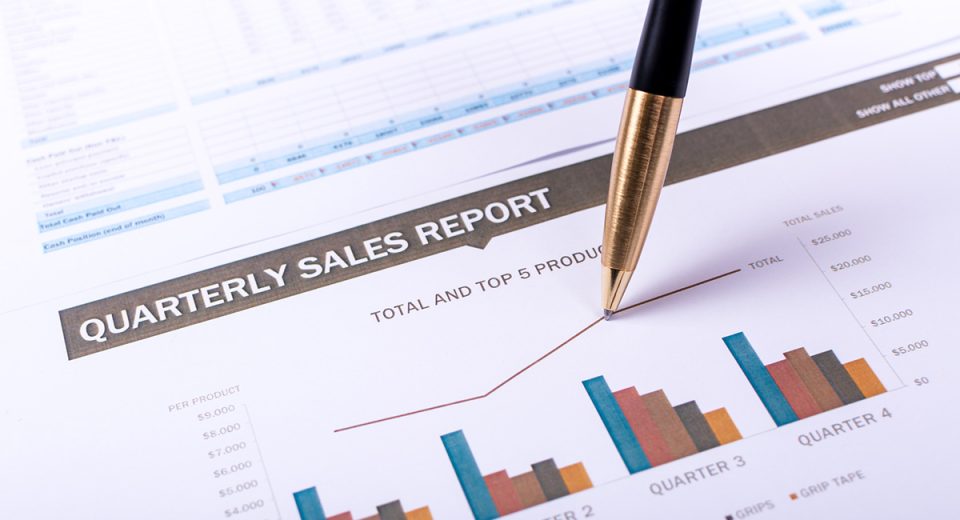MSCI Indices: For Investors with International Exposure

Morgan Stanley Capital International (MSCI), an investment research firm, was born in 1986 when Morgan Stanley acquired the licensing rights to Capital International’s data. Today, MSCI is known as a leading provider of global indices, financial analysis, and data to investors worldwide. MSCI indices are widely recognised benchmarks for the global equity markets, providing a snapshot of stock performance by tracking the performance of specific stocks or sectors in various countries. MSCI also offers Environmental, Social and Governance (ESG) ratings, which help investors assess a company’s sustainability and resilience to related risks and opportunities. One of its best-known benchmark indices is the MSCI Emerging Market Index.
MSCI equity indices boast $16.9 trillion in assets under management (AUM) across over 246,000 indices, calculated daily with more than 16,300 being calculated in real time. Investors can choose from over 1,400 ETFs linked to MSCI indices.
Why Trade MSCI indices?
MSCI provides indices for countries, regions, and market types (developed, emerging, frontier), making them popular index trading options. You can also choose from sector indices that track specific industries within the broader market. While there are over 246,000 indices, individual indices may have different numbers of constituents. For example, the MSCI India Index has 131 constituents, while the MSCI Emerging Markets Index has 1,206 constituents, representing large and mid-cap companies across 24 emerging market countries.
MSCI indices are market capitalisation weighted. This means that each stock in an index is weighted according to its market cap. In other words, the larger the market cap, the higher a stock’s weightage on the index. The reasoning behind this is that large cap companies tend to have a larger impact on an economy than mid- or small-cap ones. More weightage translates into higher impact on movements in the index. It is important to note that MSCI indices are reviewed every quarter and rebalanced biannually.
MSCI indices are widely used by investment funds, including exchange-traded funds (ETFs), as a benchmark for tracking and comparing performance. They are also a key tool for investors seeking exposure to the international emerging and developed markets. Plus, these indices can serve as an indicator of the overall health and performance of a country’s or region’s financial market.
You might already be aware that index trading is a popular way to diversify your stock portfolio. It saves you the hassle and expense of choosing individual stocks for diversification. This benefit is also available with MSCI indices. The added advantage is that you can choose to diversify based on region, type of economy or sector.
How to Trade MSCI indices
MSCI indices can be traded through various means, including exchange-traded funds (ETFs) and derivative instruments, like contracts for difference (CFDs).
Direct Investment through ETFs allows investors to gain exposure to specific global equity markets or regions by tracking the performance of a well-established index. For example, the iShares MSCI World UCITS ETF (Dist) tracks the performance of the MSCI World Index, which represents the developed markets globally. Similarly, the iShares MSCI Emerging Markets Index ETF (EEM) tracks the performance of the emerging markets.
Derivative instruments offer indirect investment in indices by allowing you to speculate on the future price direction of the index without owning any units or shares of the index or its ETF. For example, while trading indices via CFDs, you enter into an agreement to exchange the difference in price from the time the contract is opened to the time it is closed. This means you can speculate on both rising and falling prices, increasing the number of trading opportunities you can capture. This makes CFDs popular for index trading.
The strategies remain the same as those used for trading other indices, such as the S&P 500 or FTSE 100. Here’s a look.
Trend Trading
This beginner-friendly strategy involves identifying the overall direction (trend) of the index’s movement to determine viable trading opportunities. It involves analysing historical price data and using technical indicators to predict future movements based on the prevailing trend. Traders enter long (buy) positions during uptrends and short (sell) positions during downtrends. It is important to get in early on a trend so that you can capture the peak price move.
Trading Reversals
This is the opposite of trend trading. Here, you attempt to capture potential trend reversals. If you expect a shift in market momentum, you can take a position opposite to the prevailing trend. Various technical analysis tools and patterns are used to spot potential reversals, such as double tops/bottoms, head and shoulders patterns, and indicators like moving averages or RSI.
Trading Retracements
A retracement is a temporary price reversal or pullback that occurs within a larger trend. It is a short-term correction that moves against the prevailing trend but doesn’t result in a change in the overall market direction. Retracements are often used by traders to identify potential entry points and exit points based on support and resistance levels. The most popular indicator for this trading strategy is Fibonacci Retracement.
Trading Breakouts
A breakout occurs when the price of an asset moves beyond a defined support or resistance level, typically accompanied by increased trading volume. This can indicate a potential trend change and is often used by traders to enter a trade in the early stages of a trend. For this trading strategy, you first need to determine the support and resistance levels. Now, you can use these levels to speculate on the price breaking below the support level or above the resistance. Use a volume indicator, like on-balance volume, to check for an increase in trading to confirm the breakout. Now, you can open a trade in the direction of the breakout.
Regardless of which index trading strategy you use, don’t forget to include risk management measures, such as stop loss and take profit.
To Sum Up
- MSCI indices are widely recognised benchmarks for the global equity markets.
- There are over 246,000 MSCI indices and more than 1,400 ETFs linked to them.
- These indices are market-cap weighted.
- Trading MSCI indices offers exposure to your preferred international markets.
- The indices can be traded directly via ETFs or indirectly via CFDs.
- Trend, Reversal, Retracement and Breakout trading strategies are popular for index trading.
Disclaimer:
All data, information and materials are published and provided “as is” solely for informational purposes only, and is not intended nor should be considered, in any way, as investment advice, recommendations, and/or suggestions for performing any actions with financial instruments. The information and opinions presented do not take into account any particular individual’s investment objectives, financial situation or needs, and hence does not constitute as an advice or a recommendation with respect to any investment product. All investors should seek advice from certified financial advisors based on their unique situation before making any investment decisions in accordance to their personal risk appetite. Blackwell Global endeavours to ensure that the information provided is complete and correct, but make no representation as to the actuality, accuracy or completeness of the information. Information, data and opinions may change without notice and Blackwell Global is not obliged to update on the changes. The opinions and views expressed are solely those of the authors and analysts and do not necessarily represent that of Blackwell Global or its management, shareholders, and affiliates. Any projections or views of the market provided may not prove to be accurate. Past performance is not necessarily an indicative of future performance. Blackwell Global assumes no liability for any loss arising directly or indirectly from use of or reliance on such information here in contained. Reproduction of this information, in whole or in part, is not permitted.




